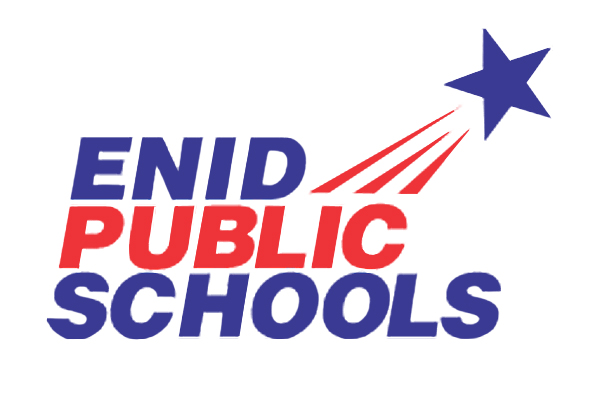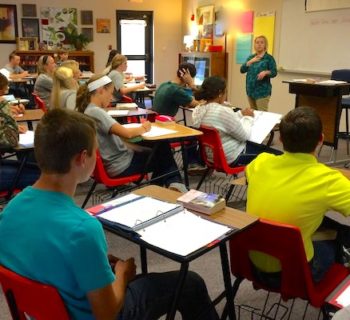ENID, OK - Enid Public Schools has seen an increase in student academic growth rates according to the universal reading screener used by the district.
Growth in this instance refers to students that are progressing at an appropriate or higher than appropriate rate as compared to assessment norms. EPS saw growth in the following areas: 94% of students in first grade, 81% of second graders, and 100% of third grade students.
This academic achievement is compared to the school year 2018-2019 when data showed: 64% in first grade, 65% in second grade, and 69% in third grade.
“We are so excited to see the hard work of our teachers and students showing up in our growth data. Regardless of the interruptions in instruction for the last two school years, our teachers and students have stayed dedicated to learning and it shows!” said Kristen Jones, Curriculum Director.
The district attributes the growth to professional development of the teachers and implementation of curriculum aligned to the science of reading. Teachers in the district have been attending Language Essentials for Teachers of Reading and Spelling (LETRS) training aimed at reading instruction. EPS has also implemented curriculum in foundational literacy skills that align with and support that training.
The district began training teachers in 2015 and in the years that followed have trained approximately 100 educators, including principals, each year. Hayes Elementary Principal, Jamie Jarnagin said, “LETRS has made us more focused on the science and how students learn to read. Understanding all the pieces that must fit together for a child to be successful, and if they are not fitting, how to look for the places they are missing critical skills.”
One EPS teacher summed it up well when she stated, “My school has implemented Wilson Fundations, Wilson Reading, and the Heggerty Phonemic Awareness Curriculum and is training the majority of our staff. This new curriculum that supports LETRS training helps give us the ability to apply our new knowledge of the teaching process and strategies we have learned.”
Jones stated, “LETRS, or more generally, the science of reading is now the lens through which we examine our thinking and decision-making regarding literacy instruction. We are very encouraged by and excited about our students’ growth. More students are making progress now than before our science of reading implementation. The district intends to continue LETRS training going forward as it has transformed our curriculum and professional learning in literacy.”







